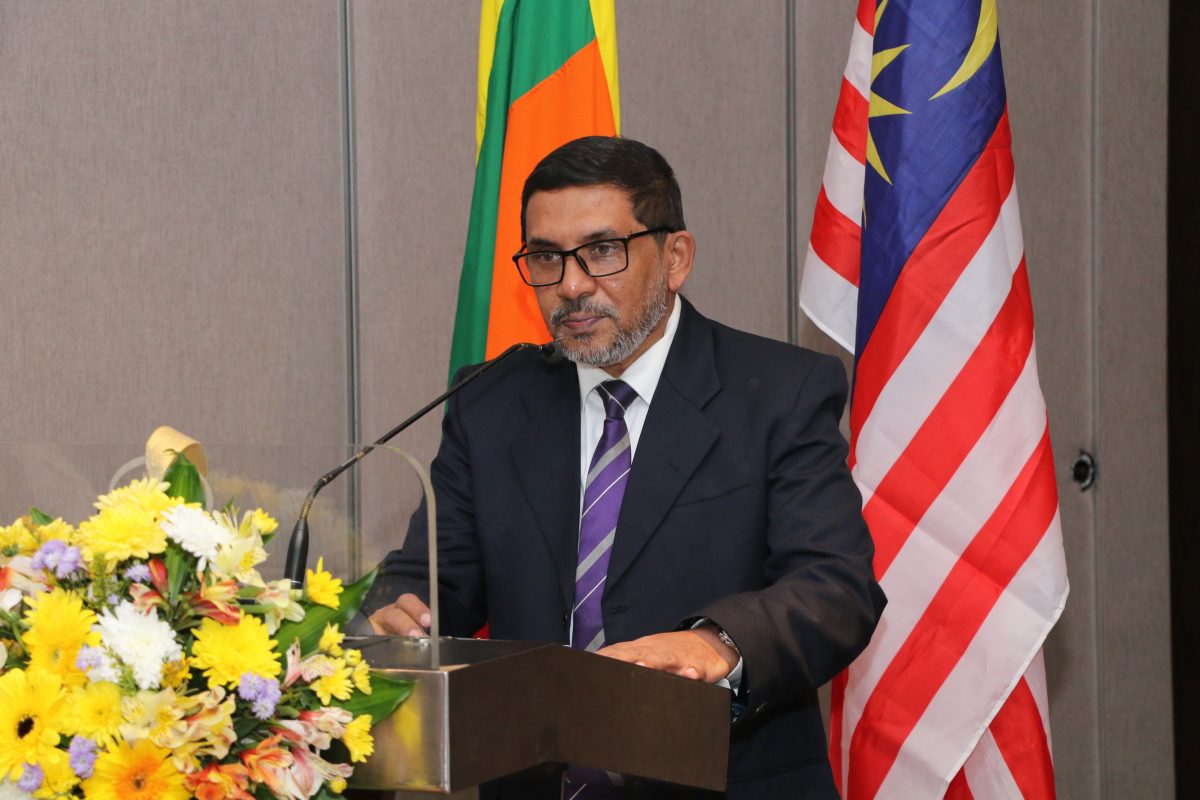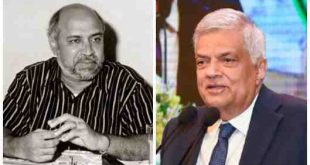 Istanbul, (IINA) – Following the great Egyptian chemist professor Ahmed Zewail who won the 1999 Nobel Prize in Chemistry, another chemist from another Muslim country won 2015's Nobel Prize in Chemistry, according to OnIslam.
Istanbul, (IINA) – Following the great Egyptian chemist professor Ahmed Zewail who won the 1999 Nobel Prize in Chemistry, another chemist from another Muslim country won 2015's Nobel Prize in Chemistry, according to OnIslam.
Aziz Sancar, a biochemist who has exquisitely mapped part of the DNA repair system in cancer cells, has been honored this year with the Nobel Prize in Chemistry, the Nobel Foundation in Stockholm, Sweden announced on Wednesday, The University of North Carolina at Chapel Hill website reported.
Sancar, the Sarah Graham Kenan Professor of Biochemistry and Biophysics at the UNC School of Medicine, received the call at 5 a.m. at his home, while he was sleeping.
“It was 5 a.m. so I was a bit incoherent,” said Sancar, who is also a member of the Lineberger Comprehensive Cancer Center. “But I managed to thank him and told them it was an incredible honor.”
It is noteworthy that Sancar shares this award with two others: Tomas Lindahl of the Francis Crick Institute and Clare Hall Laboratory in Great Britain, and Paul Modrich of Duke University School of Medicine and the Howard Hughes Medical Institute.
Egyptian Zewail, known as the "Father of Femtochemistry", won for his work on femtochemistry, while Dr. Aziz Sancar won today's prestigious science prize for mapping how human DNA repair systems function at a detailed molecular level.
The Nobel Prize committee says that the three laureates work “has provided fundamental knowledge of how a living cell functions and is, for instance, used for the development of new cancer treatments”.
DNA damage occurs all the time round the clock. The scientific reason through which Allah made our genetic material doesn't disintegrate into complete chemical chaos is that a host of molecular systems continuously monitor and repair DNA.
In the early 1970s, scientists believed that DNA was an extremely stable molecule, but Tomas Lindahl demonstrated that DNA decays at a rate that ought to have made the development of life on Earth impossible.
This insight led him to discover a molecular machinery, base excision repair, which constantly counteracts the collapse of our DNA.
Aziz Sancar has mapped nucleotide excision repair, the mechanism that cells use to repair UV damage to DNA. People born with defects in this repair system will develop skin cancer if they are exposed to sunlight.
The cell also utilizes nucleotide excision repair to correct defects caused by mutagenic substances, among other things.
Paul Modrich has demonstrated how the cell corrects errors that occur when DNA is replicated during cell division.
This mechanism, mismatch repair, reduces the error frequency during DNA replication by about a thousand fold. Congenital defects in mismatch repair are known, for example, to cause a hereditary variant of colon cancer.
SM/IINA
Source : http://iinanews.org
Post Disclaimer | Support Us
Support Us
The sailanmuslim.com web site entirely supported by individual donors and well wishers. If you regularly visit this site and wish to show your appreciation, or if you wish to see further development of sailanmuslim.com, please donate us
IMPORTANT : All content hosted on sailanmuslim.com is solely for non-commercial purposes and with the permission of original copyright holders. Any other use of the hosted content, such as for financial gain, requires express approval from the copyright owners.
 Sri lanka Muslims Web Portal Diversity and Inclusiveness – Sri Lanka Muslims
Sri lanka Muslims Web Portal Diversity and Inclusiveness – Sri Lanka Muslims



